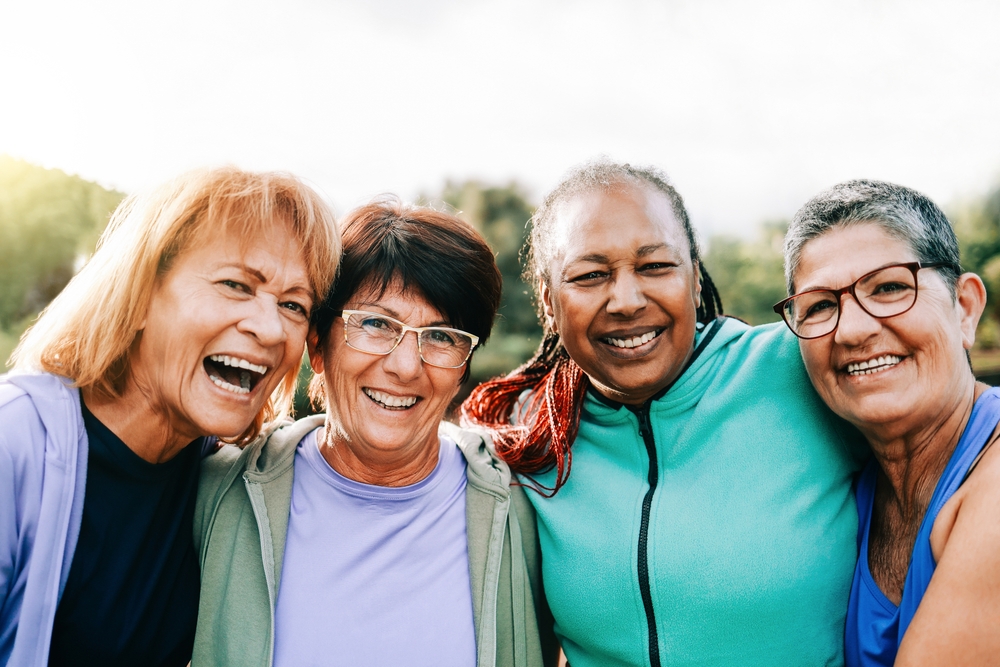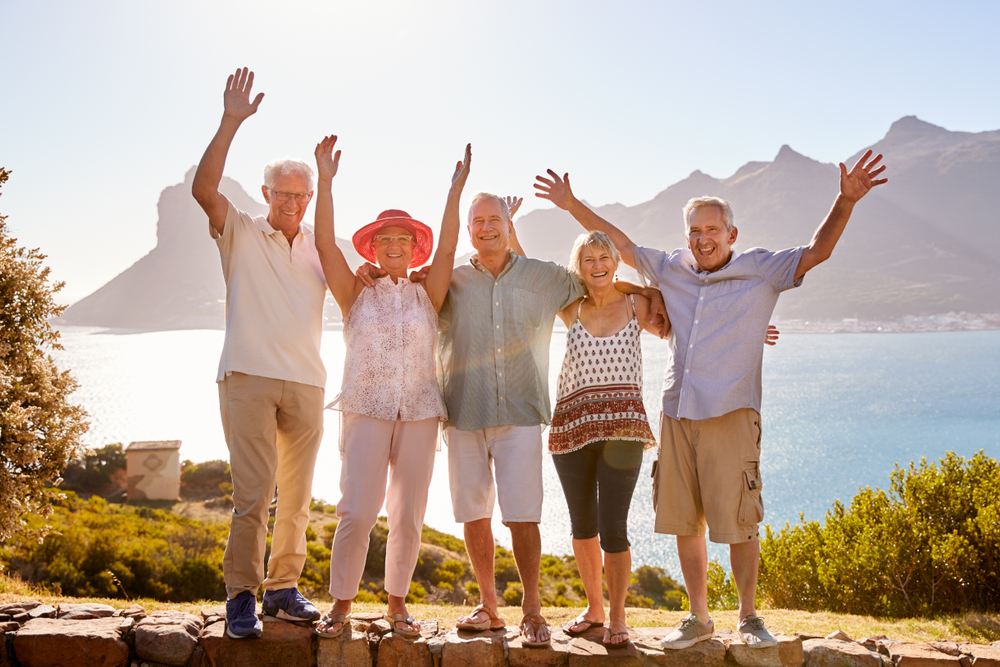Staying Active in Retirement: 6 Important Facts You Need to Know
The Importance of Staying Active
Retirement offers a perfect opportunity to spend time on the activities you love. A key to making the most of this phase is by maintaining an active lifestyle. But why is this so important?
Benefits of Physical Activity
When we say active, we don’t necessarily mean joining a gym or running marathons. Activities can range from gardening to dancing, biking, or simply taking a brisk walk. Regular physical activity has a profound impact on our health and well-being.
Impact on Health and Well-being
Physical activity reduces the risk of many health conditions like heart disease, diabetes, and certain types of cancer. It improves mood, reduces anxiety and depression, and even boosts brain health, improving memory and cognitive functions.
Physical and Cognitive Functions
Our bodies are meant to move, and regular physical activity keeps our bodies functioning at their best. This is crucial as we age because it helps maintain muscle mass, flexibility, and balance, which can help prevent falls and other injuries. Likewise, engaging in activities that stimulate the brain—such as puzzles, reading, or learning a new skill—can help keep our minds sharp and agile.
1. Different Ways to Stay Active
Retirement provides the chance to try new activities or hobbies that you may have put off in your working years. Have you always wanted to try yoga or tai chi? Or maybe you’ve dreamed of taking up painting or pottery? Now’s the time!
Joining Fitness Classes
Many community centers offer fitness classes designed for older adults, such as yoga, aerobics, or balance training. These classes are not only a great way to stay fit, but they also provide a chance to socialize and make new friends.
Regular Exercise
You can also incorporate simple exercises into your daily routine. Take the stairs instead of the elevator, walk to the store instead of driving, or park farther away to get in some extra steps. Even household chores like gardening or cleaning can count as physical activity!
Outdoor Activities
Taking advantage of outdoor activities, such as walking, hiking, or cycling, can provide additional health benefits. Spending time in nature has been shown to reduce stress, improve mood, and enhance overall well-being.

2. Exploring Independent Living in Oceanside, CA
Looking for a place that supports your active lifestyle? Independent living in Oceanside, CA might be your perfect fit.
Advantages of Independent Living
Independent living communities offer numerous amenities and resources to help you stay active and engaged. From fitness centers to hobby clubs, these communities encourage an active lifestyle while offering the comfort and convenience of retirement living.
Resources and Amenities
Most independent living communities feature fitness centers, swimming pools, walking paths, and other facilities that promote physical activity. They also offer a variety of classes and clubs that cater to a wide range of interests, from art and music to book clubs and gardening.
Promoting an Active Lifestyle
Living in a community like Bayshire also offers easy access to the beach, nature trails, and other outdoor activities. Plus, the beautiful weather year-round makes it easy to stay active and enjoy the outdoors.
3. The Role of Socialization in Retirement
Besides physical activity, staying socially engaged is another critical component of an active retirement. Social interactions can provide emotional support, enhance your mood, and even boost your cognitive health.
Senior Community Activities
Many independent living communities offer a variety of social activities. These may include group outings, game nights, movie screenings, or special events. Participating in these activities can provide opportunities to make new friends, learn new things, and enjoy a sense of community.
Clubs and Special Interest Groups
Joining a club or special interest group is another great way to socialize. Whether it’s a gardening club, a book club, a craft group, or a walking group, these groups can provide a sense of purpose and connection.
Community Events
Participating in local community events is another great way to stay active and engaged. Farmers markets, festivals, concerts, and other community events provide opportunities to get out, meet new people, and have fun.
4. The Positive Effects of Active Lifestyle in Retirement
An active lifestyle offers numerous benefits that can significantly improve your quality of life in retirement.
Enhanced Quality of Life
Staying active in retirement is linked to higher life satisfaction, improved mood, increased energy levels, better sleep, and enhanced cognitive function.
Longer Lifespan and Reduced Illness Risk
Physical activity can also help increase your lifespan and reduce the risk of chronic diseases. Regular physical activity helps manage weight, reduce blood pressure, enhance cardiovascular health, and improve overall body strength and flexibility.
Increased Independence and Confidence
Staying active also enhances independence by improving mobility and physical strength. It also boosts self-esteem and confidence, as you’re able to do things you enjoy and accomplish new goals.
5. Planning for Active Retirement
To stay active in retirement, planning is crucial. This involves setting goals for your physical and mental health, as well as planning activities and hobbies that you’ll enjoy.
Making a Retirement Plan
A good retirement plan should include regular physical activity that you enjoy. This could be daily walks, weekly fitness classes, or a new hobby like dancing or golfing.
Setting Goals and Priorities
Set goals that are realistic and achievable. It’s okay to start small and gradually increase your activity level. The key is to stay consistent.
Planning Activities and Hobbies
Besides physical activities, plan for mental activities as well. These could include reading, puzzles, learning a new language or instrument, or taking up a new hobby.
6. Overcoming Challenges
While staying active in retirement is beneficial, it’s not without its challenges. Here are some tips to help you overcome these challenges.
Physical Limitations
Physical limitations may make it difficult to engage in certain activities. But don’t let this deter you. There are many low-impact exercises and activities designed for people with physical limitations.
Adapting Activities and Seeking Help
Adapt activities to your abilities. For example, if you have difficulty standing, you can do seated exercises. If necessary, seek help from a physical therapist or trainer who can help you find safe and effective exercises.
Social Challenges and Solutions
If you feel lonely or isolated, reach out. Join a club, participate in community events or volunteer. Social connections are vital for mental and emotional health.
Eager to make the most out of your retirement? Our community is dedicated to helping you embrace an active and fulfilling lifestyle. Discover countless opportunities to connect, grow, and live up to your fullest potential. Join us today and begin your journey towards a vibrant, independent living experience in Oceanside, CA.



